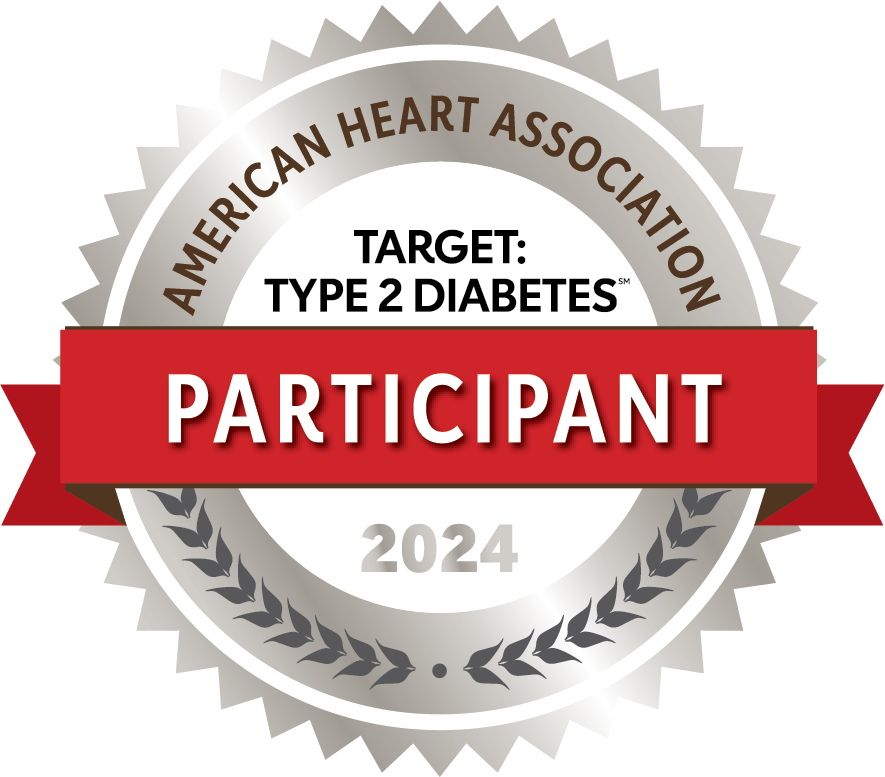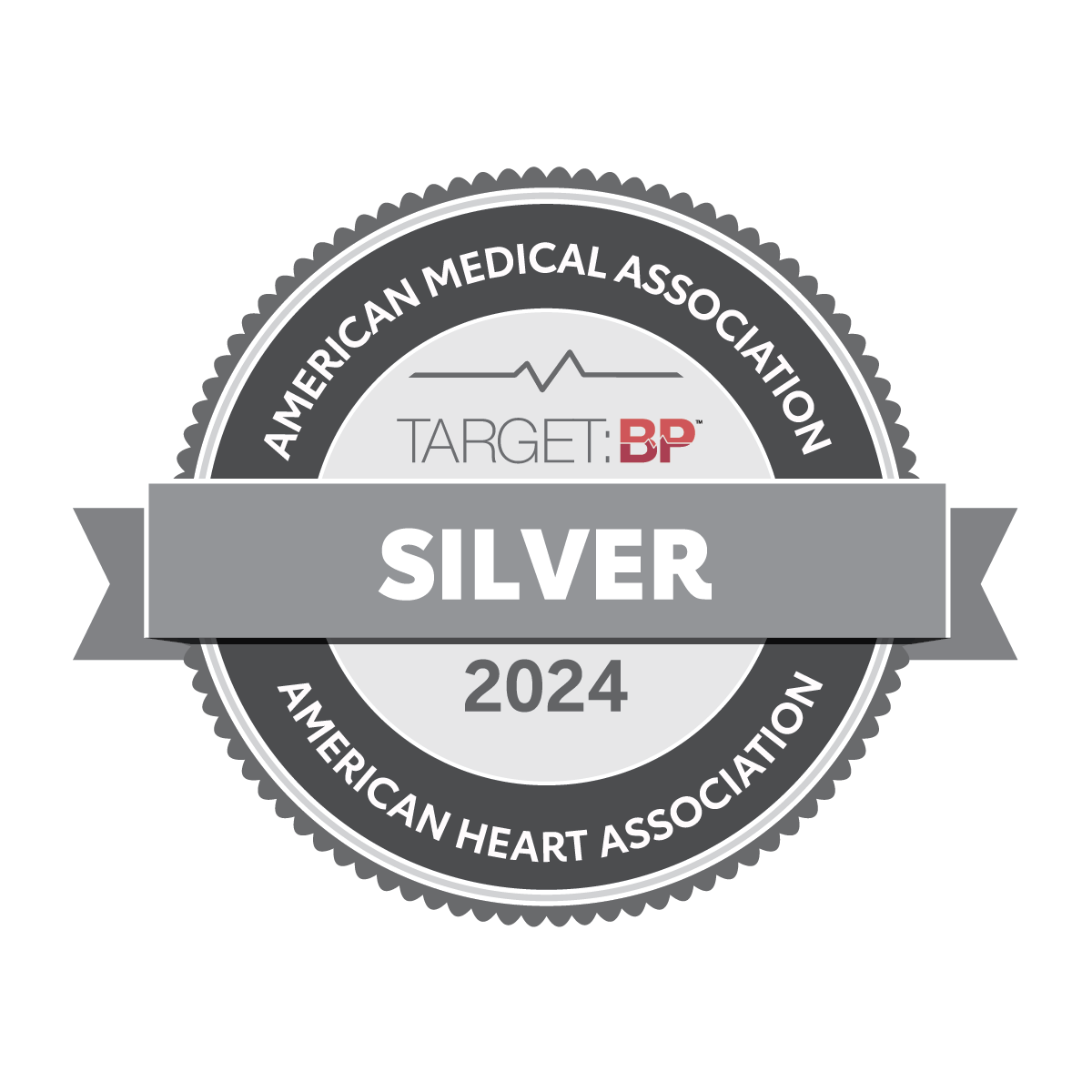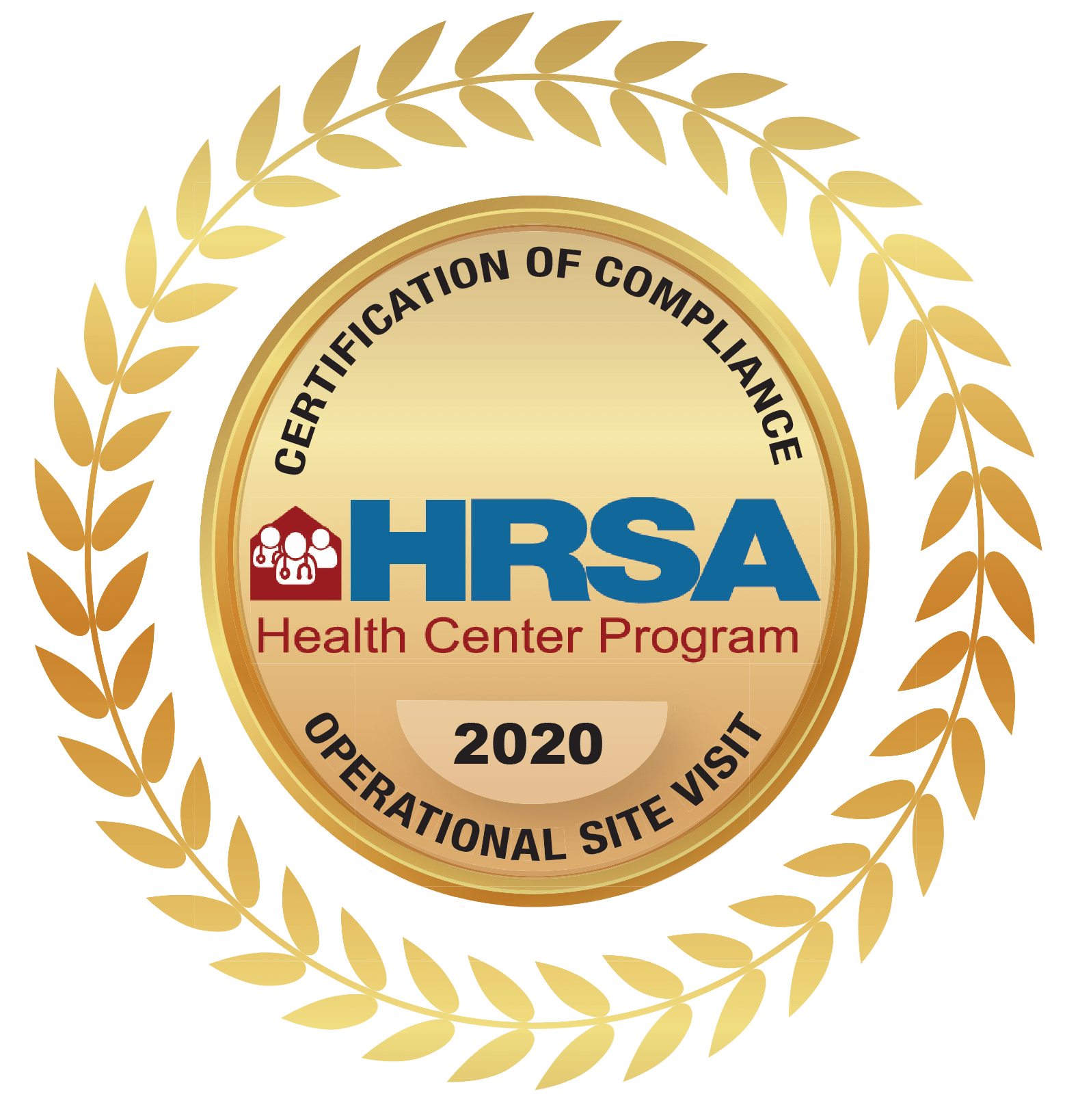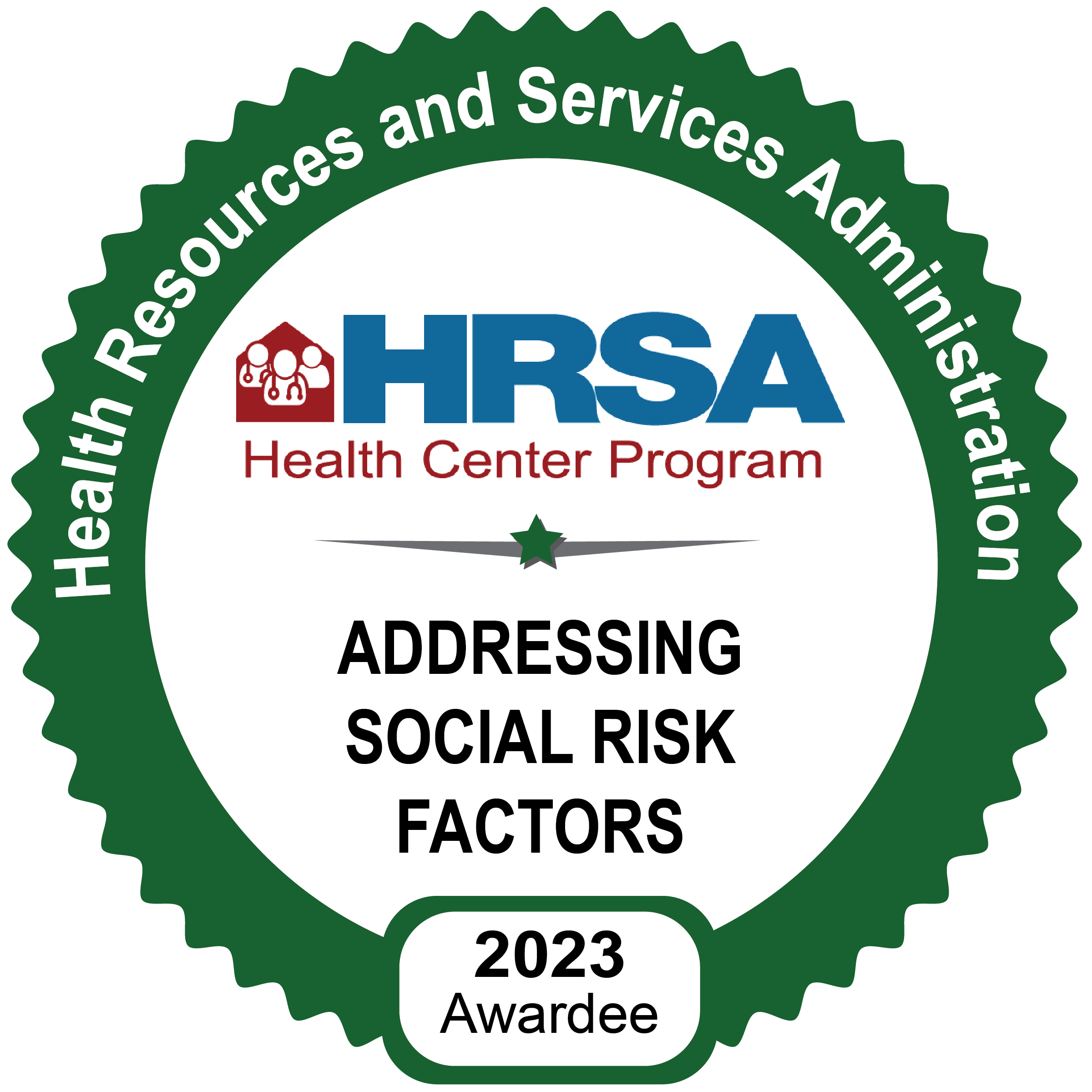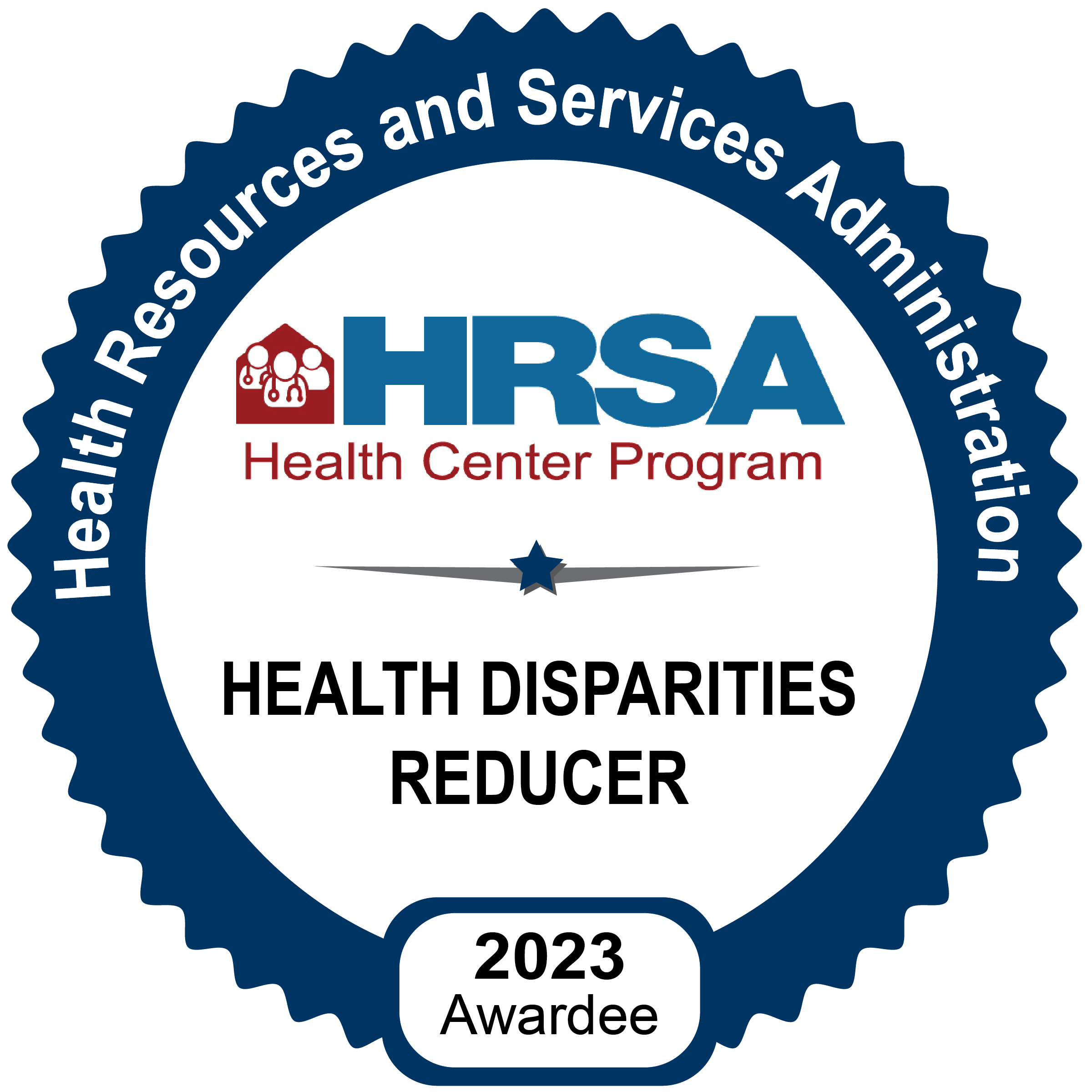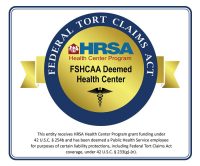 |
Brooke Beckham, LCSW, LAC, ADS. Cañon City Clinic |
This week is National Suicide Prevention week, and today is World Suicide Prevention Day. Behavioral Health Provider Brooke Beckham explains what to look for and how to talk with someone who may be suicidal in the article below.
There is not one single cause for suicidal thoughts or behaviors. Often times depression, anxiety, and substance use (legal and/or illegal) stressors create an experience of hopelessness and despair that increase the risk for suicide. Behavior changes or entirely new behaviors are often indicators that a person is experiencing a stressor(s) that may be risk factor or warning sign for further exploration of suicidality. They may begin talking about death e.g. killing themselves, feeling hopeless, having no reason to live, being a burden to others, feeling trapped, experiencing unbearable pain.
Behavior changes that may signal risk (especially if related to a painful loss, change or event):
- Increased use of alcohol or drugs (legal and/or illegal).
- Looking for a way to end their lives, such as searching online for methods to do so.
- Withdrawing from activities that they normally enjoyed.
- Isolating from family, friends or pets.
- Sleeping too much or not enough.
- Visiting or calling people to say goodbye
- Giving away possessions that they value or considered prized
- Feelings of fatigue or feeling of aggression
- Mood changes that are out of the ordinary for them.
- Depression, Anxiety, loss of interest in things they enjoy, irritability, humiliation or shame, agitation or anger, relief or sudden improvement in mood (as if they have finally made a plan and comfortable with the decision).
Risk factors are characteristics or increased conditions where a person may try to take their own life. These can include health, environmental and historical factors.
Health Factors-Physical, emotional, behavioral
- Recent diagnosis of behavioral health conditions: depression, substance use problem, bipolar disorder, schizophrenia, personality traits of aggression, mood changes and poor relationships. Conduct disorder or anxiety disorder, traumatic brain injury, or serious physical health conditions including pain and/or chronic pain.
Environmental Factors– Having access to lethal means including firearms or a stash of prescriptions/drugs.
- Prolonged stress, such as harassment, bullying, relationship problems or unemployment. Stressful life events like rejection, parental conflict, divorce, financial crisis, life transitions or loss, sexual orientation exploration, gender identity.
- Exposure to another person’s suicide, or to graphic or sensationalized accounts of suicide. National explore to mass violence, not feeling safe at work or home.
Historical Factors such as previous suicide attempts, family or friend’s history of suicide, childhood abuse, neglect or trauma.
So how do I talk to someone who is suicidal? Follow the suicide prevention QPR protocol.
Question– Ask them if they are suicidal.
- Myth: No one can stop a suicide, it is inevitable.
- Fact: If people in a crisis get the help they need; they many never be suicidal again.
Persuade– them to seek help and that they are not alone.
- Myth: Confronting a person about suicide will only make them angry and increase the risk of suicide.
- Fact: Asking someone directly about suicidal intent lowers anxiety, opens up communication and lowers the risk of an impulsive act.
Refer-them to professional for assistance.
- Myth: Only experts can prevent suicide.
- Fact: Suicide prevention is everybody’s business, and anyone can help prevent the tragedy of suicide.
Being in the medical profession, not only are the patients at risk of depression and suicide. Every year 200-300 physicians die by suicide. Studies over the last four decades have confirmed that physicians die by suicide more frequently than others of their gender and age in both the general population and other professional occupations. Recently, some physicians at Valley Wide Health Systems Inc. participated in watching the video Struggling in Silence, reporting more video’s as such needed to be shared in our profession. So, in honor of National Suicide Prevention Week, I offer the link to those interested.


